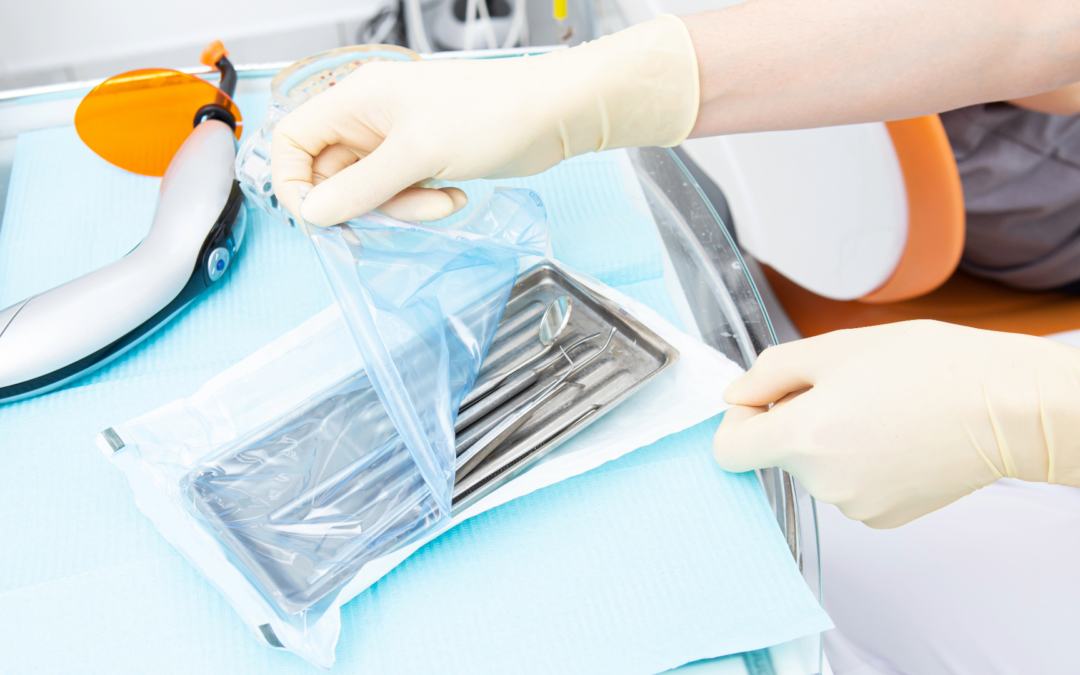The push toward sustainability has impacted nearly every industry, and healthcare is no exception. But when it comes to the medical field, going green presents a unique set of hurdles. Packaging in this sector must not only protect the product but also ensure the safety and health of patients. So, how can the medical industry embrace sustainable packaging without compromising these essential factors?
In this blog, we’ll dive into the challenges the medical industry faces when trying to go green with its packaging and outline some of the most promising solutions. If you’re wondering how the healthcare sector is addressing this global issue, keep reading!
Why Sustainable Packaging Matters in Healthcare
Before we get into the nitty-gritty, let’s take a moment to understand why sustainable packaging is such a pressing issue for the medical industry. Global health systems rely heavily on single-use plastics, which are designed to maintain sterility and patient safety. However, these materials contribute significantly to waste. Medical waste is notoriously difficult to manage because it often includes hazardous substances that can’t be recycled or repurposed easily.
With healthcare being a leading contributor to plastic waste, it’s clear that adopting sustainable packaging solutions can make a big impact. But as we’ll see, it’s easier said than done.
Challenges of Sustainable Packaging in the Medical Industry
Solutions to Overcome These Challenges
Despite these challenges, the medical industry has made significant strides toward more sustainable packaging. Here are some of the promising solutions that are helping to green the healthcare sector without compromising on safety or efficacy.
- Bioplastics and Compostable Packaging
Bioplastics made from renewable resources like corn starch or sugarcane are increasingly being used in the healthcare industry. These materials offer similar benefits to traditional plastics but have the advantage of being biodegradable or compostable under the right conditions. While they may not yet be suitable for all types of medical packaging, bioplastics are showing promise for items like syringes, pill bottles, and other non-sterile items.
- Recycled and Recyclable Materials
Using recycled materials in medical packaging is another avenue being explored. Some companies are developing packaging that can be easily recycled, reducing the need for new plastic production. While recycled materials might not always meet the strict standards for all medical products, they’re being successfully implemented in non-critical areas like secondary packaging (e.g., cardboard boxes used for shipping).
- Minimalist Packaging Design
Sometimes, the best way to reduce waste is to use less material in the first place. Many companies are rethinking the design of their packaging to use fewer resources while still maintaining safety and effectiveness. Minimalist packaging can help cut down on waste and lower production costs while still adhering to regulatory requirements.
- Advanced Sterilization Techniques
Innovations in sterilization methods are allowing for more sustainable packaging options. For instance, some companies are exploring techniques like vaporized hydrogen peroxide or ozone sterilization, which can be used with a wider range of sustainable materials. This opens the door to more eco-friendly packaging solutions without compromising sterility.
- Circular Economy Initiatives
One of the more forward-thinking solutions is to implement a circular economy approach to medical packaging. This involves creating packaging that can be reused or reprocessed instead of being thrown away after a single use. Some companies are designing containers and other types of packaging that can be collected, sterilized, and reused, significantly cutting down on waste and the need for new materials.
Want help with your medical packaging?
What’s Next for Sustainable Packaging in Healthcare?
As the push for sustainability continues, the medical industry will likely see further advancements in packaging materials and technologies. Collaboration between material scientists, packaging engineers, and healthcare providers will be key to making eco-friendly options both feasible and scalable.
In the meantime, it’s essential to remember that while sustainability is important, patient safety must always come first. The goal is not just to find a “green” solution but to find one that works across the board—without sacrificing the safety or effectiveness of medical products.
Final Thoughts
The road to sustainable packaging in the medical industry is full of challenges, but progress is being made. With innovations in bioplastics, recyclable materials, and sterilization techniques, we can hope for a future where healthcare packaging is both safe for patients and kinder to the planet.
Till next time
Hi-Tech Packaging Team

